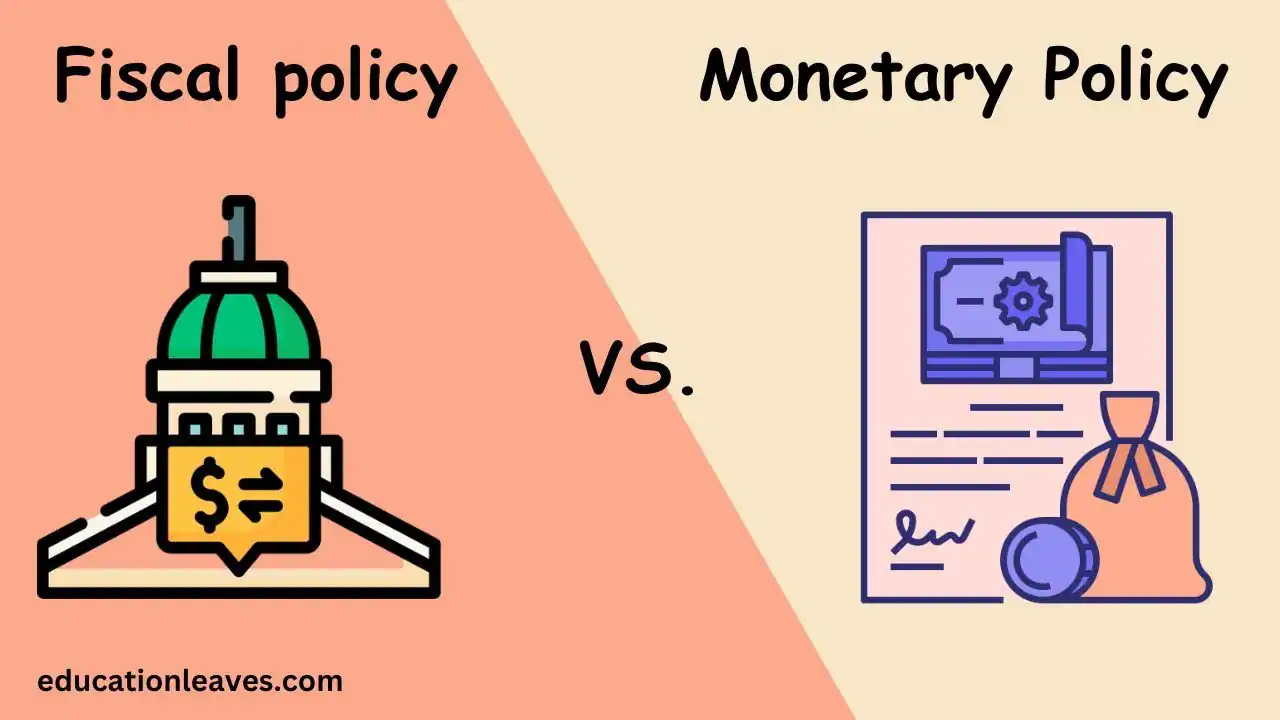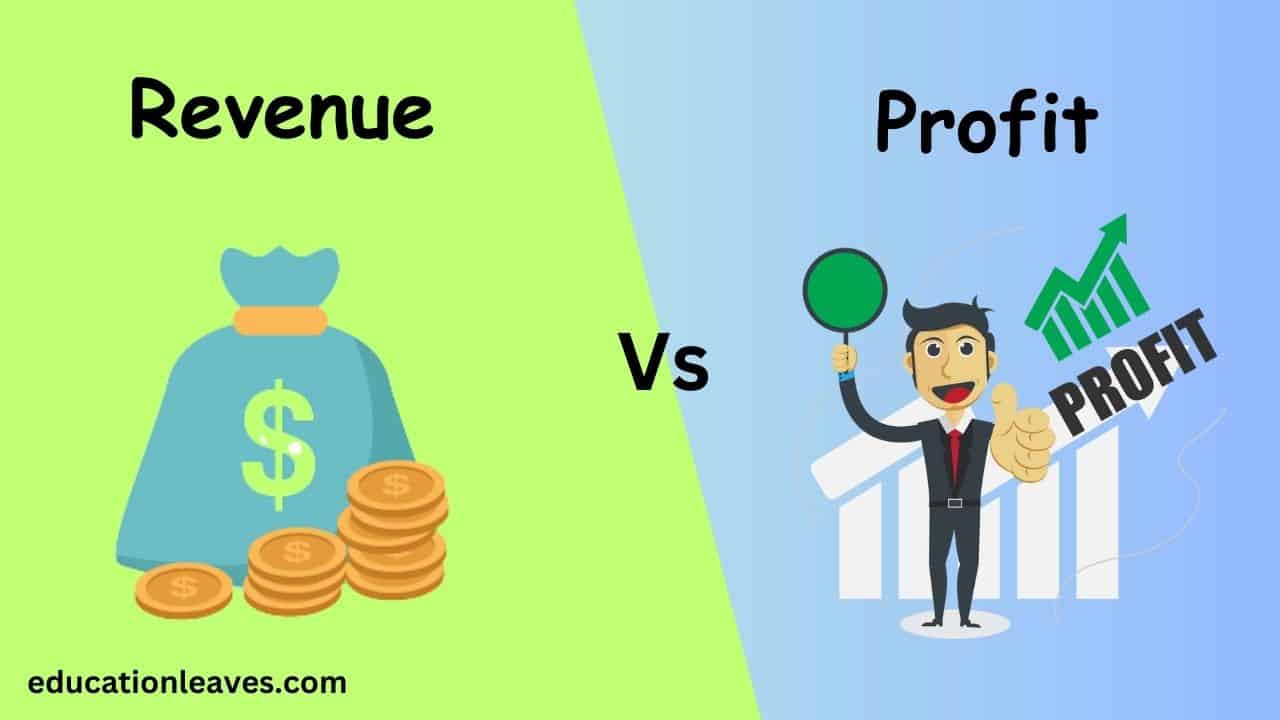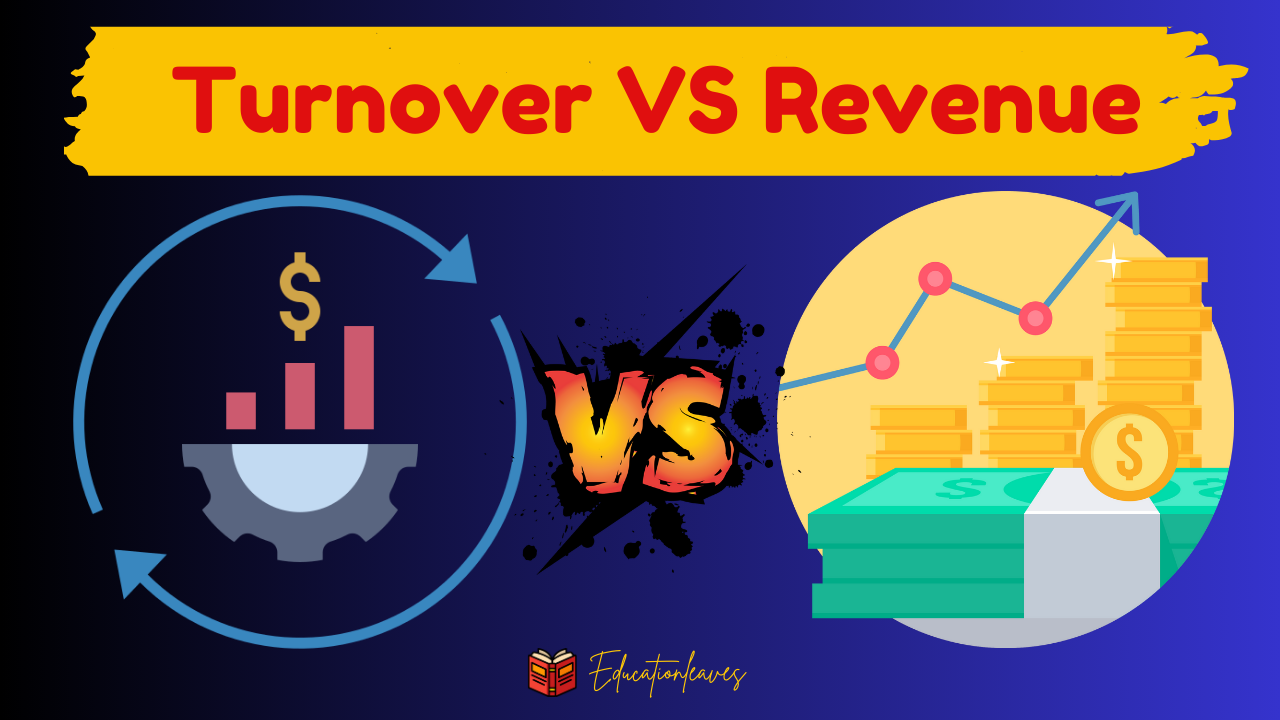What is GAAP (Generally Accepted Accounting Principles)?
Generally Accepted Accounting Principles (GAAP) represents the standardized framework that governs financial reporting in the United States. These comprehensive guidelines ensure that companies present their financial information consistently, transparently, and accurately across all industries and sectors.










